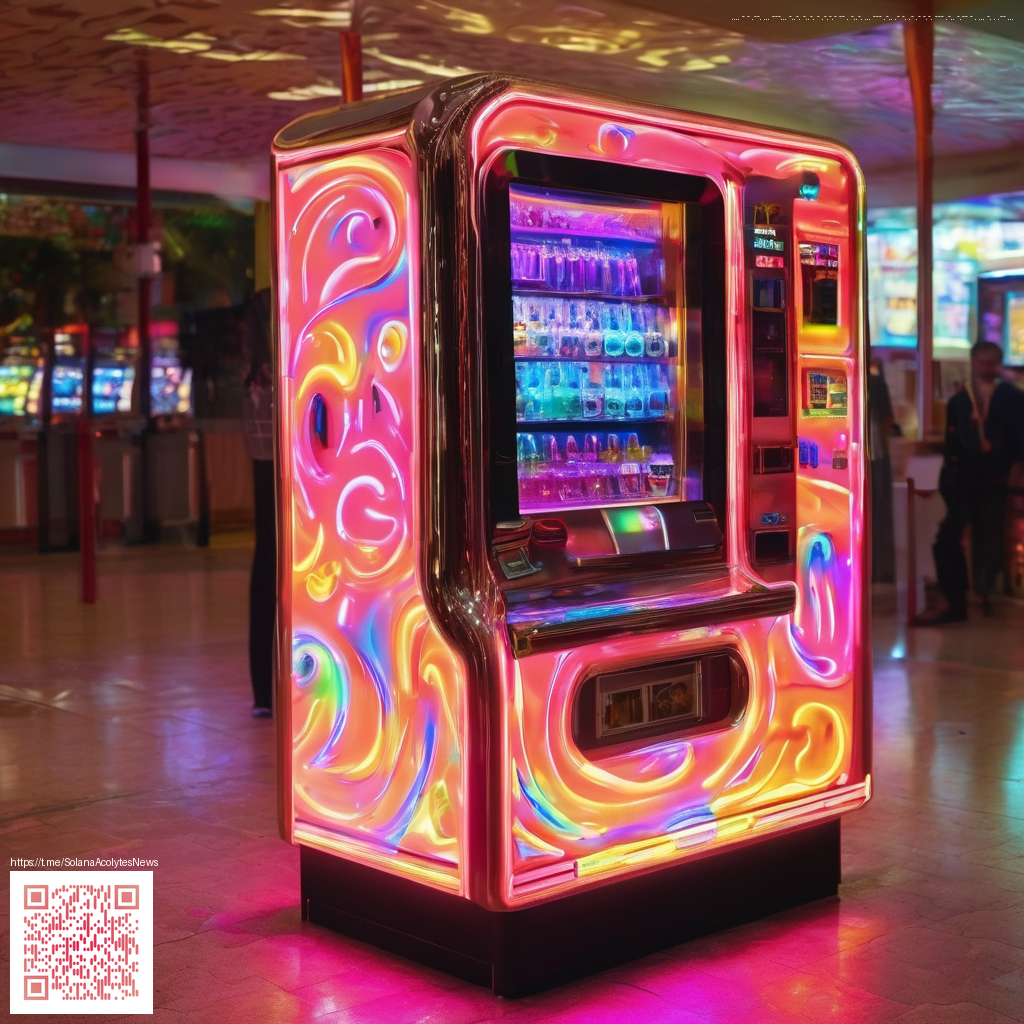The Rise and Evolution of Local Multiplayer at LAN Parties
Local Area Network (LAN) parties began as a practical solution for gamers who wanted to share the thrill of competitive play without relying on slow, inconsistent online connections. In the early days, enthusiasts lugged bulky PCs or consoles into basements, libraries, and university rec rooms, connecting via Ethernet cables and aging hubs. The appeal was simple: instant, low-latency interaction with friends face-to-face, the kind of immediacy that online matchmaking can’t quite replicate. Over time, LAN parties evolved from niche gatherings into a cultural phenomenon that celebrated community, hardware tinkering, and collective problem-solving.
From Modems to Local Networks: The Early LAN Era
In the 1990s and early 2000s, gamers learned to optimize for the limits of local networks. Speed and reliability mattered more than graphics bells and whistles because a drop in connection meant a missed headshot or a lost round. Doom, Quake, StarCraft, and Counter-Strike became the soundtrack of these gatherings, with participants trading tips about network tuning, driver updates, and cable management. The social dynamic was as important as the competition: players huddled around CRT monitors, shouting strategies, sharing snacks, and lending each other spare adapters in a spirit of camaraderie that still defines LAN culture today.
“At a LAN party, you don’t just play a game—you share tactics, stories, and a sense of belonging. It’s a living, in-person ecosystem where teams are forged in real time.”
As technology matured, the physical footprint of LANs shifted too. Dedicated event spaces appeared, power distribution became safer and more organized, and the idea of a “bring-your-own-device” model gave way to specialized setups that could be replicated at scale. The emphasis stayed constant: low latency, shared screens, and a local hype that online competition often lacks because it happens in the same room as your opponents.
Social Dynamics: Friends, Rivalries, and Shared Screens
LAN parties aren’t merely about the games; they’re about the human experience surrounding them. The social fabric includes:
- Team culture: pre-drafted strategies, blueprints on whiteboards, and last-minute shot-calling during intense matches.
- Hardware tinkering: players bring cables, switches, and cooling rigs, swapping tips to keep rigs stable under pressure.
- Learning by watching: spectators soak up tactics by observing others’ playstyles, then apply new ideas in their own sessions.
- Friendly rivalry: banter that stays respectful and motivates players to level up, one match at a time.
The experience has always had an inclusive edge: LAN events frequently welcomed newcomers, offering mentors who could help people set up their first gaming station, troubleshoot connectivity issues, or explain game-specific quirks. This orientation toward shared learning remains a core strength of local multiplayer culture.
Consoles, PCs, and the Blurring of Boundaries
As technology diversified, LANs grew to accommodate both PC and console players. Games that supported cross-platform play helped bridge communities that previously spoke different “dialects” of multiplayer. The result was a more vibrant ecosystem where a single venue could host a spectrum of experiences—from tactical shooters to party-era co-op titles—without forcing attendees to choose sides. The collaborative energy of mixed setups often led to spontaneous side tournaments, streaming marathons, and ad-hoc clusters of spectators—moments that became as memorable as the main events themselves.
For organizers and attendees alike, the logistics of a successful LAN party remain a dance of planning and improvisation. Power management, seating arrangements, and resilient networking gear determine whether a game night becomes a legendary story or a logistical headache. In today’s culture, a well-executed LAN is less about the latest hardware and more about creating a space where players can connect, compete, and learn together in real time.
As you think about the next gathering, consider how the experience extends beyond the screen. The right gear and a welcoming layout can amplify the social energy that makes LANs so enduring. For gear that helps protect devices during crowded events, the Rugged Phone Case: Tough Impact Resistant TPU PC Shield offers reliable protection for travel and event days, ensuring that a phone or controller remains ready for the next gaming session. For a concise historical overview and broader context, you can explore the archival write-up at this page.
Hosting Tips for Modern LAN Enthusiasts
If you’re planning a modern LAN night, here are practical ideas to keep energy high and technical hiccups low:
- Pre-event testing: encourage participants to arrive early for rig checks and network tests.
- Structured scheduling: publish a simple match calendar to minimize downtime and maximize playtime.
- Local routing improvements: use switches with low-latency backplanes and label cables for quick troubleshooting.
- Accessibility: provide clear signposting, seating with proper sightlines, and quiet zones for breaks and strategy discussions.
- Safety and comfort: ensure proper cable management, ventilation, and hydration stations so players stay focused and comfortable.
